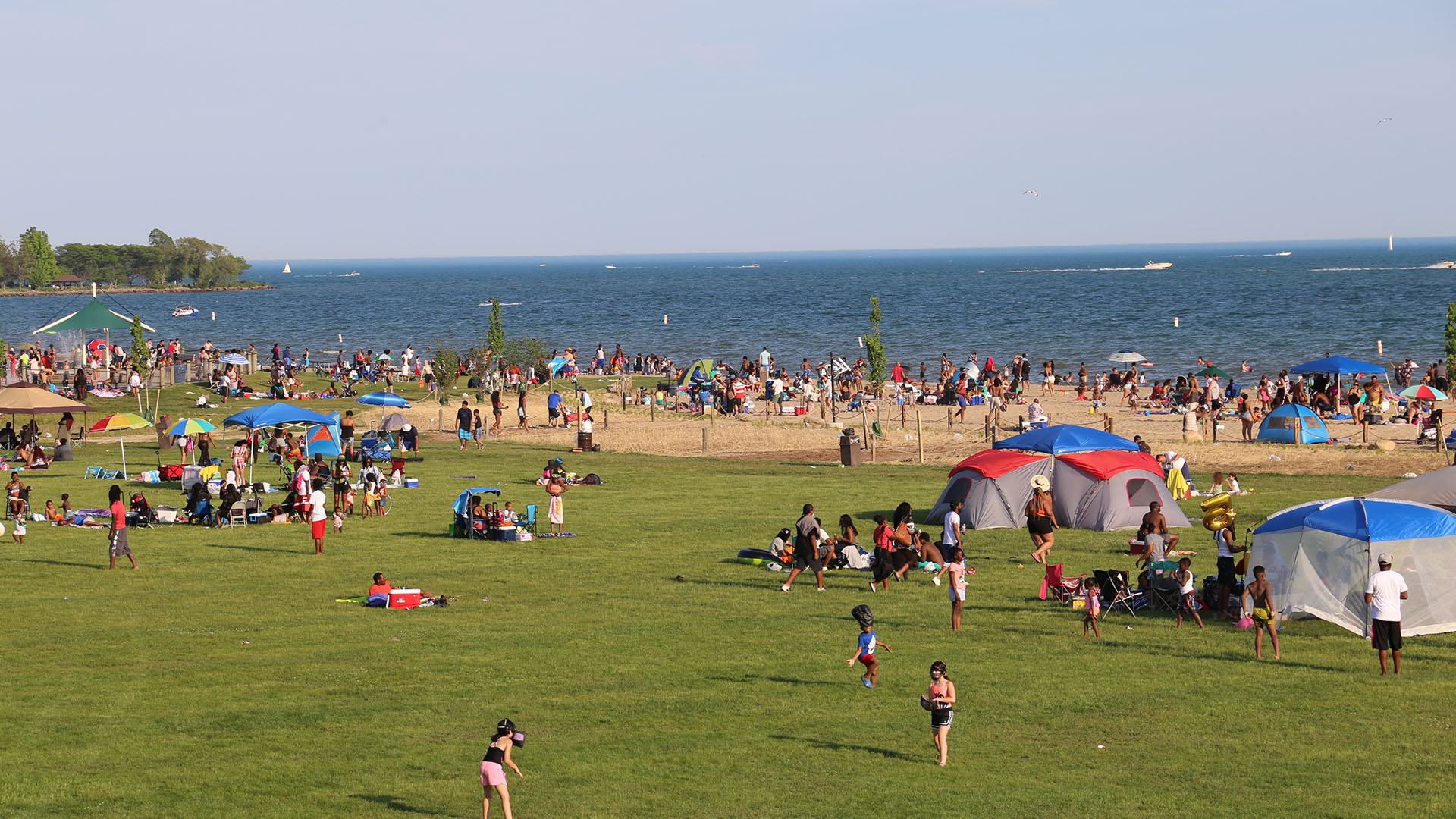Lake St. Clair in Michigan Sports Accessible Floating Dock, Launch, and Walkway
The Takeaway: This project brings the Michigan Coastal Program’s total water trail investments to $1.5 million, affecting 4,000-plus miles of scenic wonders.

Every year, thousands of visitors flock to Lake St. Clair Metropark in Michigan—featuring a scenic waterway that connects Lake Huron and Lake Erie—to boat, swim, in-line skate, bird-watch, and enjoy other outdoor adventures. New amenities that include a universally accessible floating dock and kayak launch will attract many more visitors, providing barrier-free and safe access to paddle sports on the Lake St. Clair and Clinton River Water Trails and the Black Creek Marsh. Partners include Huron-Clinton Metroparks, NOAA, and the Michigan Coastal Management Program, which is part of the state’s Department of Environment, Great Lakes, and Energy.
This latest investment by the Michigan Coastal Program marks $1.5 million total in water trail funding, affecting 4,000-plus miles of existing water trails. The trails boost local ecotourism while introducing paddlers to lighthouses, shipwreck sites, and other historical landmarks.
Additional features
The St. Clair Metropark project also features added natural infrastructure, benches, native vegetation, and educational signage, plus walkways and parking that reflect Americans with Disabilities Act specifications. The project site of roughly 3.8 acres provides space for outdoor education programming and other small gatherings. Moreover, the new launch site lessens overcrowding at the older boat launch nearby.
The initial $194,863 in NOAA project funding administered by the Michigan Coastal Management Program was matched by $352,700 from Huron-Clinton Metroparks, bringing the overall project cost to just over $547,000. To learn more about the Michigan Coastal Management Program’s ongoing work to invest in all-abilities public access, visit michiganwatertrails.org. (2023)
Partners: Huron-Clinton Metroparks, Michigan Coastal Management Program, NOAA
PRINT